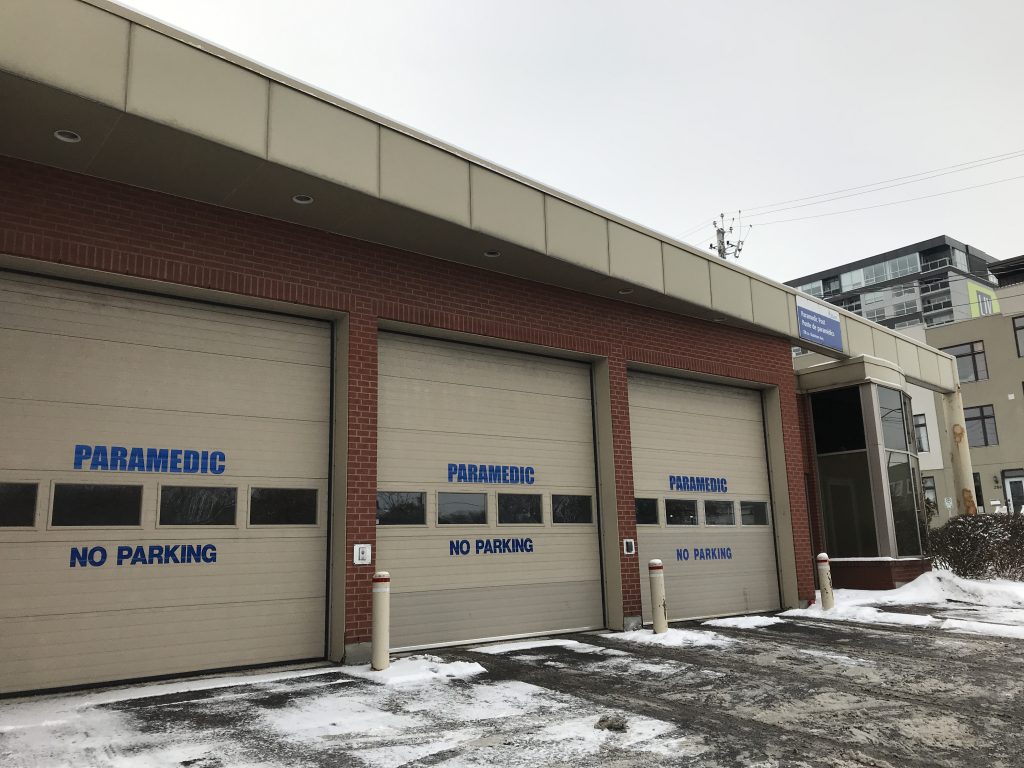Ottawa will spend 5.2 per cent more this year paying paramedics, according to an analysis of the city’s budget. With an aging and growing population, hiring extra emergency responders every year could be the new normal.
“The baby boomer population is increasing – that’s what we call the grey tsunami. Two-thirds of our call volume comes from that demographic, and as they get older, they start increasing the burden on our system,” says Darryl Wilton, president of the Paramedic Association of Ottawa.
“The people coming into nursing homes now are pretty chronic or complex. It’s important because you need somebody here fast. We don’t have physicians on staff 24/7,” says Lori Norris-Dudley, head of Osgoode Care Centre.
The staffing squeeze is the delayed result of budget decisions made before this council was elected, says city Councillor George Darouze (Osgoode). “We had to work so hard and hire 50 paramedics in the last three years so that we could finish playing catch up,” he says.
According to annual reports from the Ottawa Paramedic Service, call volumes went up almost every year between 2011 to 2016. “Between 2009 and 2011 our services were very high up. It was a bad move to stop hiring then,” says Darouze.

However, it’s unclear whether demand can be met in 2018 – not until the service can compile its annual report in March 2019.
“We don’t know if it will be on track or not,” says Marc-Antoine Deschamps, spokesperson for the Ottawa Paramedic Service.
And, because the paramedic service cannot measure and respond to data in real-time, officials can only speculate about next year’s needs. “Funding for paramedics is always between two and five years behind,” says Wilton.
Wilton says it would need to add 60 paramedics and five ambulance vehicles to the fleet to meet demand. He does not expect paramedics to have the resources in place to deal with call volume in 2018.
“There’s no way you could keep up with increasing call volumes – you’re constantly chasing your own tail,” says Wilton. “It’s definitely a step in the right direction, but I tend to temper that and say it’s just a drop in the bucket.”
The central Rideau-Vanier neighbourhood sees the highest number of calls, according to the Paramedic Service’s most recent annual report.
Since 2017, eight rural paramedic stations have been sitting empty. That’s because when paramedics started their shifts in rural and suburban areas “we were spending a lot of money deploying them to the downtown,” Wilton says. Staff are now headquartered in Ottawa south Business Park.
The service has also tried to go to patients rather than waiting for patients to call 911. Advanced care paramedics make house calls in cars – not ambulances – for non-emergencies, like giving flu shots, doling out antibiotics, or treating dehydration. Often deployed to rural areas, they are funded by the provincial government – not the city.
Those who use the service regularly say that if community paramedics can treat these non-emergency patients without transporting them to the emergency room, it will benefit everyone.
“I think it’s a plus for the long-term care community. This will reduce wait times and backups at the hospital,” says Doreen Sloan, director of care at the rural Osgoode Care Centre.
Despite the service becoming more efficient with the community paramedic program, Darouze says the city needs to continue hiring new paramedics every year. “We cannot go backward. And honestly, nobody in the city wants to play catch up anymore,” says Darouze.
It was a campaign issue for Darouze in 2014, and he says his constituents have noticed an improvement. “But it took us years to fill that gap. We worked very hard to make this thing happen and now we have a commitment to our residents to keep it up,” he says.

